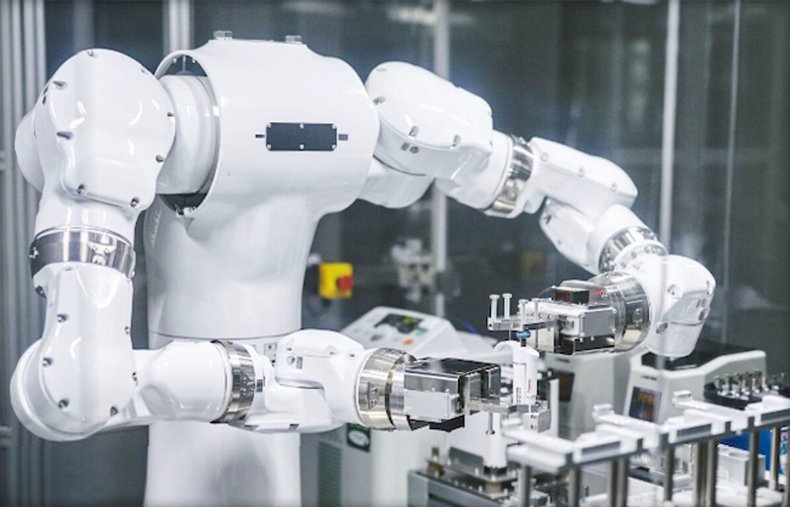AI Robo-Doctor Speeds Up Sight-Saving Technology
A humanoid robotic has quickened sight-restoring analysis by finding the best ailments to mature alternative retina levels from human stem cells.
The AI procedure identified as Maholo took just 185 times to finish experiments that would have taken individuals two and a half a long time.
In just a quarter of the time, Maholo processed trial-and-error research made up of 200 million doable circumstances.

RIKEN/Zenger
The robotic was produced by a joint investigate group at the RIKEN Center for Biosystems Dynamic Investigate (BDR) in Kobe, Japan, to expand functional retinal pigment epithelium (RPE) cells from stem cells.
The degeneration of the RPE, which is a supportive layer of cells that lies beneath our photoreceptors, is frequently witnessed in a progressive illness that is the major cause of blindness in the elderly.
RPE transplants have experienced some clinical good results in the previous.
The robotic constantly recurring a series of exact movements and was capable to assess benefits in purchase to formulate the future experiment.
For each 100 stem cells, 50 became RPE cells. These cells showed several of the organic markers that would make them appropriate for a transplant.
The automation of everyday living science exploration experiments that depend on a variety of variables signifies labor-intensive experiments that just take months to total are averted.
In the case of cell differentiation, the method where stem cells are designed from precise tissue, variables incorporate acquiring the optimal kind, dose and timing of reagents.
Bodily variables like temperature, pipette energy and mobile transfer time are particularly important “because moment dissimilarities in physical circumstances have a major effect on high-quality,” claimed team leader Genki Kanda.
The good results of the new technique goes further than the researchers’ conclusions as Kanda discussed: “We chose to differentiate RPE cells from stem cells as a design but in principle, combining a precision robot with the optimization algorithms will enable autonomous demo and mistake experiments in many regions of daily life science.”
Inspite of this, the research does not aim to substitute people with robots.
Kanda claimed: “Working with robots and AI for carrying out experiments will be of excellent fascination to the general public.”
“Nonetheless, it is a mistake to see them as replacements.”
“Our eyesight is for men and women to do what they are superior at, which is staying imaginative.”
“We can use robots and AI for the trial-and-error components of experiments that call for repeatable precision and choose up a whole lot of time, but do not have to have thinking.”
The research was released June 28 the scientific journal eLife.
This story was offered to Newsweek by Zenger Information.
